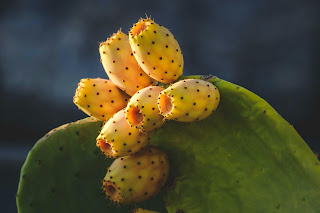10 foods for weight lose

Introduction. Now, let's get straight down to business. The main components of healthy and sustainable weight loss are diet, or choosing the right foods to boost metabolism, lessen hunger pangs, and help the body burn fat more efficiently. Here is a list of ten foods full of nutrients that can help you lose weight while keeping you satisfied with life ! Leafy greens such as spinach, kale, and Swiss chard are low in calories but high in fiber to give you a feeling of fullness and reduce overall calorie intake. They also contain vital vitamins, minerals, and antioxidants that promote health. 1.Eggs Eggs are rich in high-quality protein, which increases feelings of satiety and reduces calorie consumption during the day. Studies have shown that eating eggs for breakfast leads to greater weight loss than consuming an isocaloric meal containing carbohydrates. 2. Lean Protein Lean proteins like skinless chicken, turkey, and fish provide essential protein that helps to maintain muscle mass...







